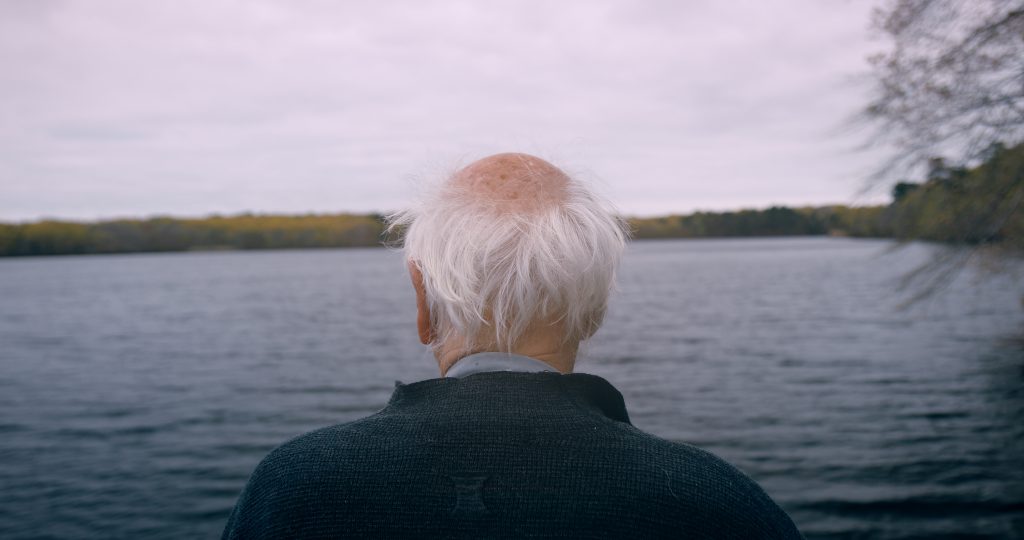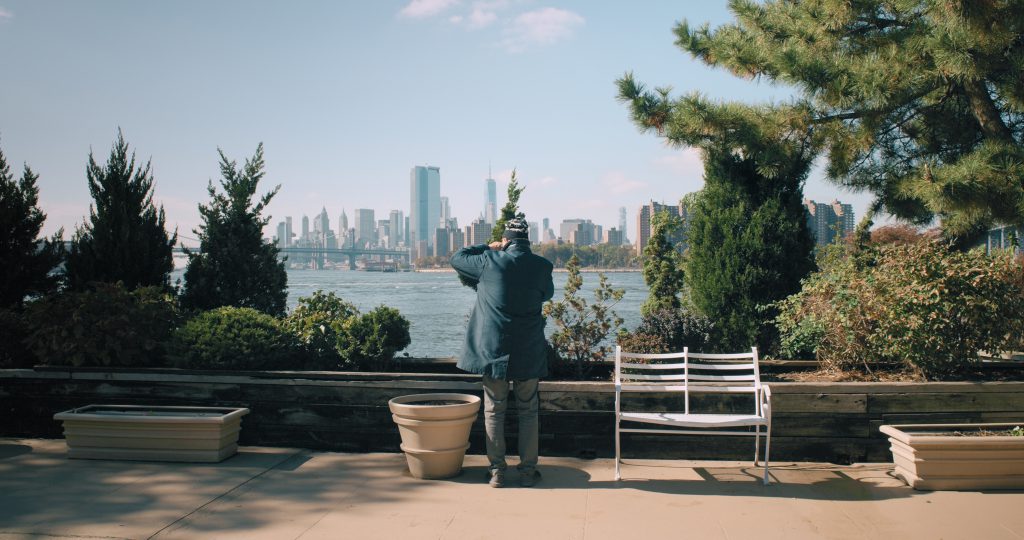
YOUR FILM IS A PORTRAIT OF AN ARTIST, A ROAD MOVIE, AN ALZHEIMER’S STORY AND CONTEMPORARY HISTORY, HOW DID THE PROJECT START FOR YOU?
Actually, all my projects are rooted in my own life. I’m a keen photographer and as a filmmaker, I feel very close to photography. For me, Magnum photographers were the absolute best, especially when it comes to photojournalism. In 2007, I visited the enormous Hoepker retrospective in Hamburg, which was touring worldwide, and was able to see his photographs in large format for the first time. I was so impressed, because these photos have so many stories to tell.
Afterwards, I asked Thomas Hoepker if he could imagine making a film with me, but to begin with all I got was a no. When three weeks later, he was ready to meet with me, it was clear that his misgivings had been due to his Alzheimer’s disease, which wasn’t yet public, and which of course would have to be included in the film. I didn’t really want to make an Alzheimer’s film, but then thought that on a meta level the function of photographs as memory was already inherent within the story. Hoepker’s photographs are stored memories so to speak, memories he’s losing every day. Above all, I wanted it to be a film about him and his photographs.
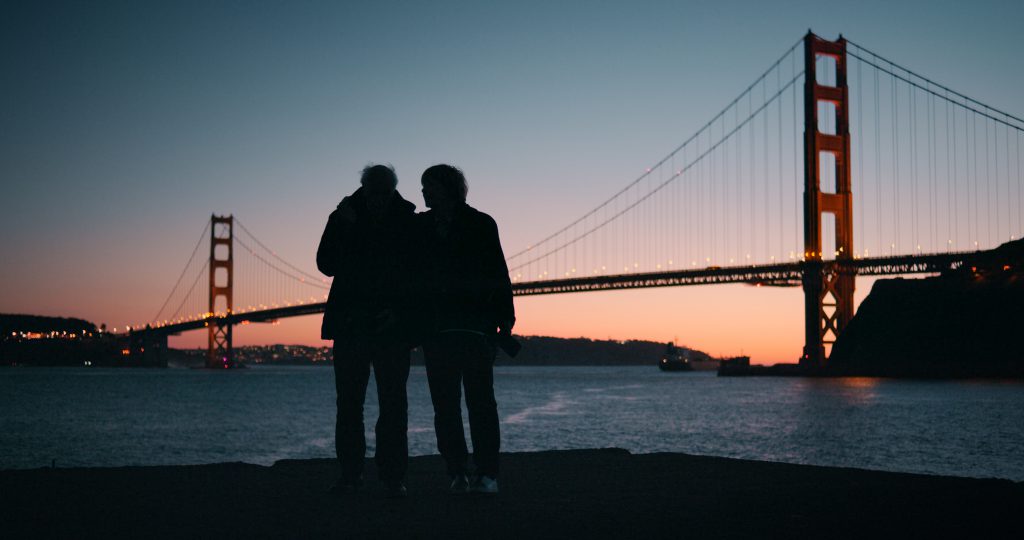


WHAT MAKES HOEPKER’S PHOTOGRAPHS SO SPECIAL FOR YOU?
After seeing the retrospective, I just couldn’t get him out of my head. What I especially like is that his whole body of work is so unpretentious, while at the same time, beautiful and profound. His photographs say so much and every time I see them, I feel moved by them. You can tell he’s not thinking in largescale format, 4 x 5 meters wide. To begin with, he shot some very beautiful black and white photographs, but also some very early color photographs and later he also tried digital. He was always a technical pioneer, and he wasn’t afraid of change. He belongs to this very small group of photographers who have a humanistic approach to their work, who seek out their subject matter very consciously and portray people on the margins of society.
WAS THE STRUCTURAL LINKING OF HOEPKER’S LIFE’S WORK AND THE ROAD TRIP CLEAR FROM THE BEGINNING?
Without doing any disservice to my fellow filmmakers, I find most film portraits of photographers a little obvious. Original examples such as WAR PHOTOGRAPHER about James Nachtwey or Wim Wenders’ SALT OF THE EARTH about Sebastião Salgado are rare. So, I asked Thomas and his wife if there was a project he wanted to accomplish, and he said he’d love to travel through the USA once again to take photographs. Straightaway, I thought the idea was captivating, as it refers to his 1963 Heartland tour, i.e., the moment when he entered the world stage of photography. It was like a bookend for his complete photographic œuvre.
WAS THERE EVER ANY KIND OF COMPETITION BETWEEN THE FILMMAKER WITH HIS CAMERA AND THE PHOTOGRAPHER WITH HIS?
Of course, it’s an issue when you meet one of the photographers of the century, who’s shot incredible photos that have been with me my whole life. And of course, you think I have to be as good. But Thomas is such a warm, courteous, almost shy person, without the least bit of arrogance, that these kinds of thoughts just disappear when you’re with him. He was also really keen to set off and start taking photos, which of course was a huge privilege to be part of. But there wasn’t any kind of competition.
DID HIS PHOTOGRAPHS INFLUENCE THE STYLE OF THE FILM SUBLIMINALLY?
In hindsight, it’s hard for me to say exactly. The film functions on a lot of levels – the filmmaker creating a narrative, looking at photographs and trying to create parallels. The cinematographer who filmed the road trip and who captures images through his own eyes and his camera. But also in the edit, where decisions are made as to how far we go into one scene or not. But of course, we looked at all of his volumes of photography beforehand, familiarized ourselves with the material on a purely visual level, and there must be some remnants of that still present.

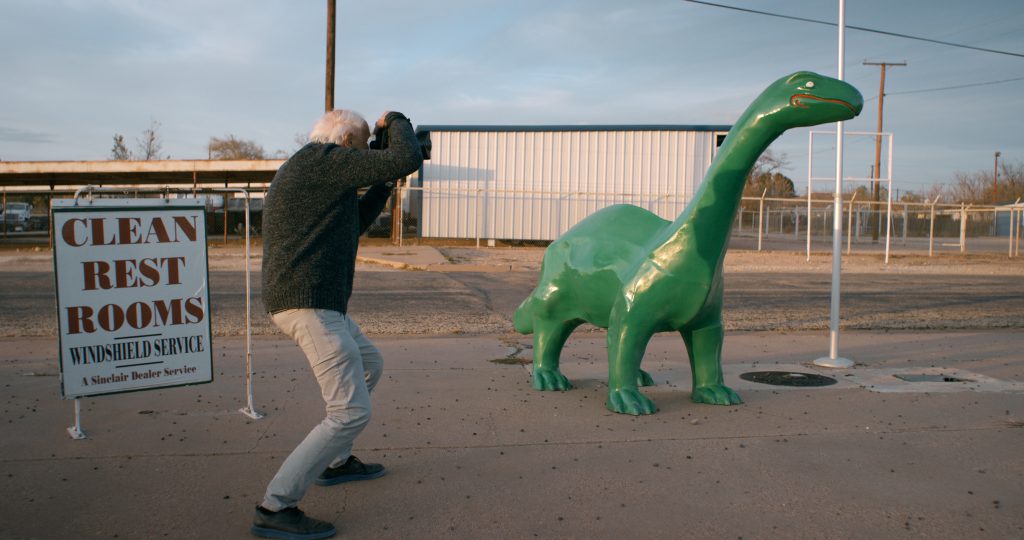
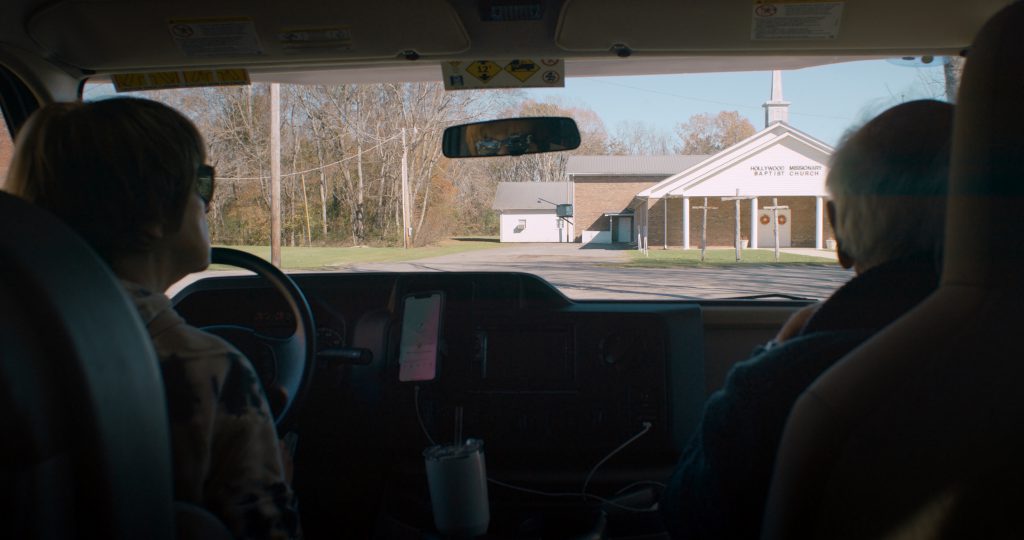
DO YOU SHARE HOEPKER’S MISTRUST OF BEAUTY?
EActually, I like beauty a lot. But perhaps my concept of beauty isn’t the same as most people’s. For me, beauty isn’t necessarily a sunset – for me, it could be a gray street. What I find interesting, I also tend to find beautiful. Hoepker never photographed beauty for its own sake. Take, for example, the photograph of people under a Bruce Lee poster somewhere in Burma, objectively it’s not a beautiful photograph – but it’s interesting and it contains a deeper truth. It’s always a question of context, which can give a photograph depth and grandeur, and as a result beauty.
HOEPKER ALSO SAYS A PHOTO HAS TO EITHER TELL A GOOD STORY OR EXPRESS AN IMPORTANT THOUGHT…
That’s what has always appealed to me about photojournalism, it’s less about individual photographs and more about photo stories. Hoepker always fought against having his photographs hanging on a gallery wall, which of course has happened now. But he aspired to always tell true stories. A goal which comes very close to documentary film.
DOCUMENTARY ALSO CAPTURES OTHER MOMENTS IN TIME – IN THIS CASE THE 2020 ELECTION RESULTS AND PANDEMIC – WAS THAT A CONSCIOUS DECISION?
The trip was actually planned for March 2020, the very month the pandemic took hold, and everything closed. The historical context became part of the film by accident, along with Hoepker’s Heartland road trip. We were incredibly lucky to even get permission to enter the US, it was the height of the pandemic and presidential elections were taking place at the same time. It was both a blessing and a curse. On the one hand, this journey was suddenly taking place within a historical context that Hoepker was always looking for in his photography. On the other hand, it was harder to capture all those human connections that actually make a road trip.
